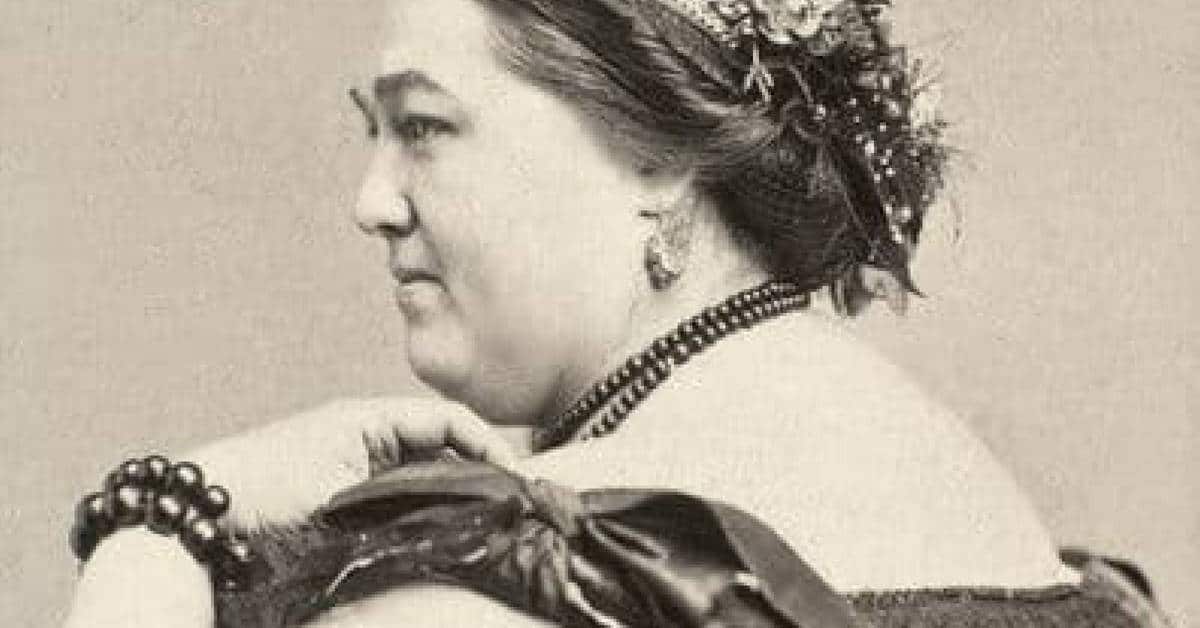“The show business has all phases and grades of dignity, from the exhibition of a monkey to the exposition of that highest art in music or the drama which secures for the gifted artists a world-wide fame prince well might envy,” said P.T. Barum. And certainly, he lived up to these words. The self-appointed ‘Greatest Showman’ did indeed exhibit everything and everyone. So, when he purchased a museum in New York City, he scoured the globe to look for exhibits. And it wasn’t just objects he wanted to display. Barnum also set about attempting to create the world’s leading collection of ‘human curiosities’. And he succeeded.
Of course, Barnum did not invent the ‘freak show’. Such spectacles had been around for many decades, centuries even. But he did revolutionize the concept. Above all, he was careful never to exploit his performers. They were paid fairly, even extravagantly. And though some were presented in ways which we today would find cruel – and often racist – Barnum was fairer and more progressive than most of his contemporaries.
From the 1860s until his death four decades later, Barnum recruited dozens of men, women and children to perform in his circuses and at his American Museum. They were promoted as ‘natural wonders’, from the smallest to the biggest and everything in between. Some went on to become major celebrities, while others vanished from sight after their time with the impresario. So here we present 20 of the most notable ‘human curiosities’ from the height of P.T. Barnum’s showbiz powers:

Joice Heth (the 161-year-old woman)
It’s almost certain that Joice Heth was not 161 years old at the time of her death. But it’s hard to deny that she looked very old indeed. Which is why P.T. Barnum signed her up as one of the stars of his shows. He promoted her as ‘The Greatest Natural and National Curiosity in the World’, and people fell for it, paying good money to see the former slave lady for themselves.
Since she was born into slavery, almost nothing is known of Heth’s early life. What is certain is that in the summer of 1835 she was sold to the show business promoter pair R.W. Lindsay and Coley Bartram. They hit upon a ruse of not only promoting her as an exceptionally old individual – perhaps the oldest human on the planet – but as the former nursemaid of George Washington himself. They were only partially successful and, within weeks, they decided to cut their losses. The duo sold Heth to Barnum, and he made a killing.
In August of 1835, Barnum made Heth the star of her own show at Nibo’s Garden in New York City. She then toured the country for seven months, reputedly earning the showman some $1,500 a week. Not only did Heth sit there for spectators to gawp at, but she would also sing hymns and even tell stories of raising ‘Little George’, years before he went on to become the great President. At this time, Barnum stated Heth had been born in 1674, making her 1616 years old – a claim he was willing to prove upon her death.
When Heth died in 1836, Barnum was good to his word and a public autopsy was arranged. With 1,500 people watching, surgeons determined Heth to have been around 79 – though they acknowledged she looked much older.

